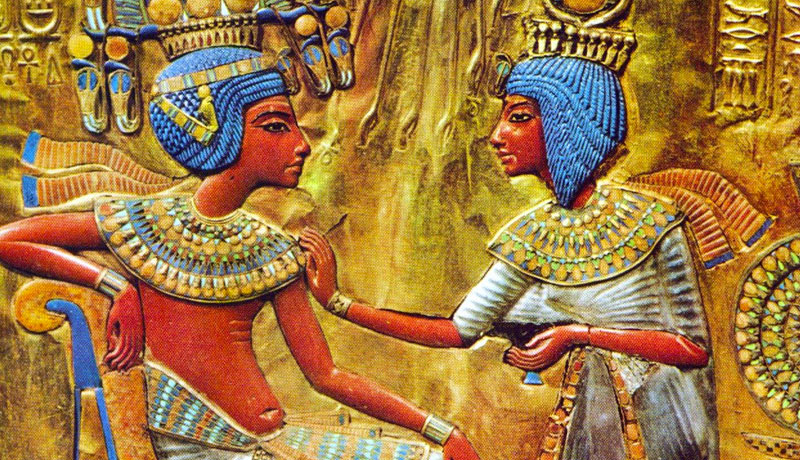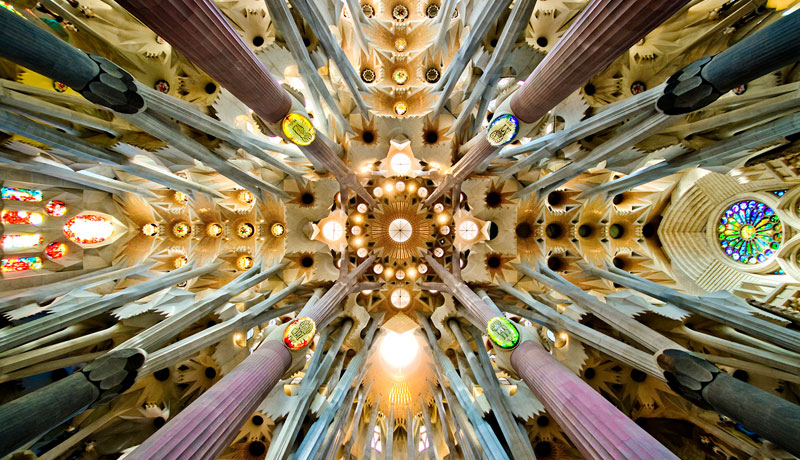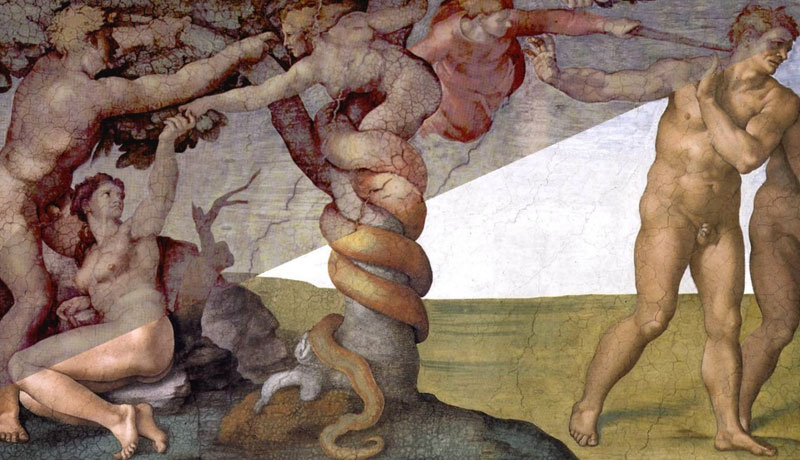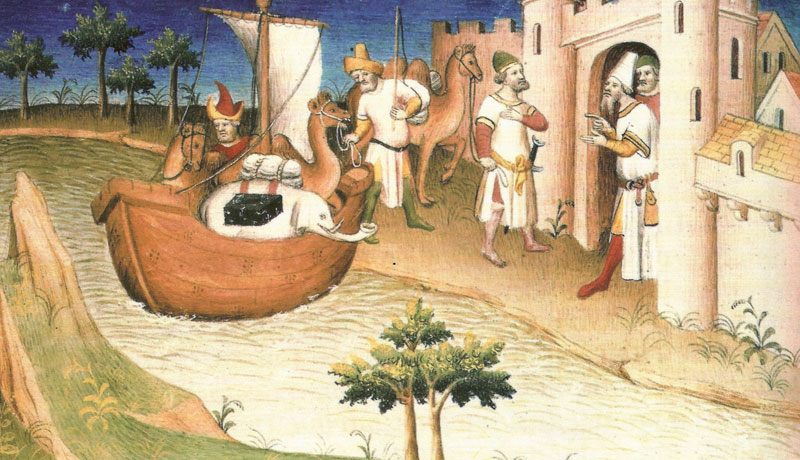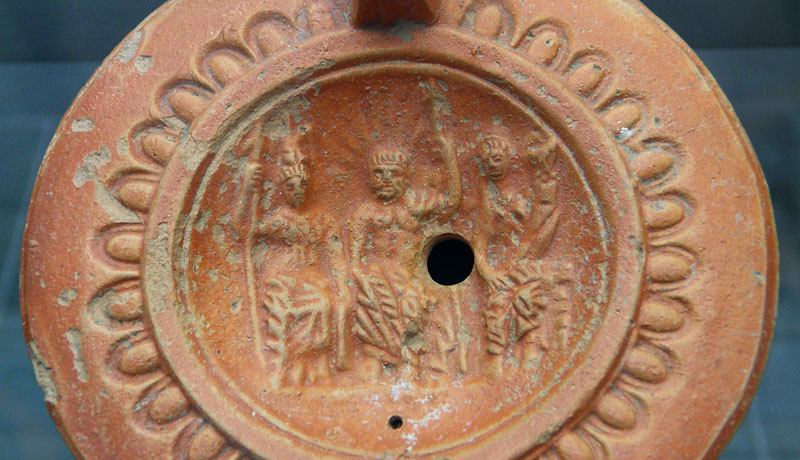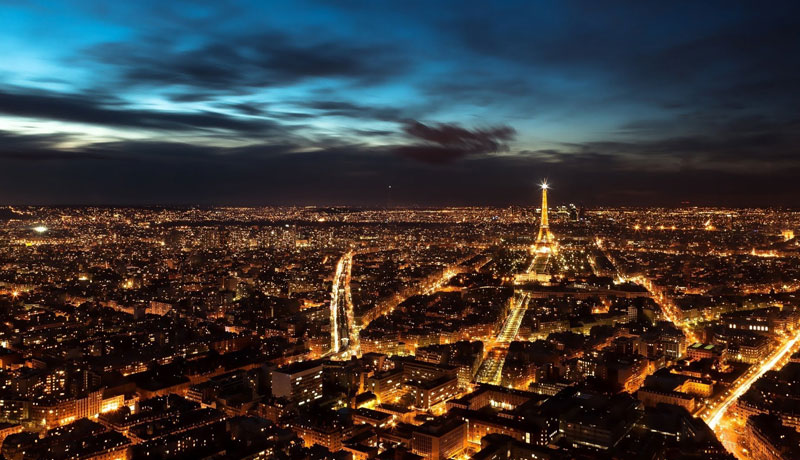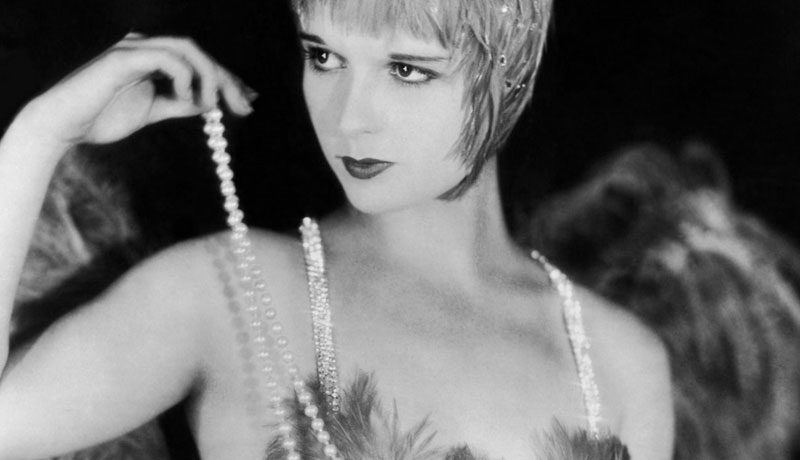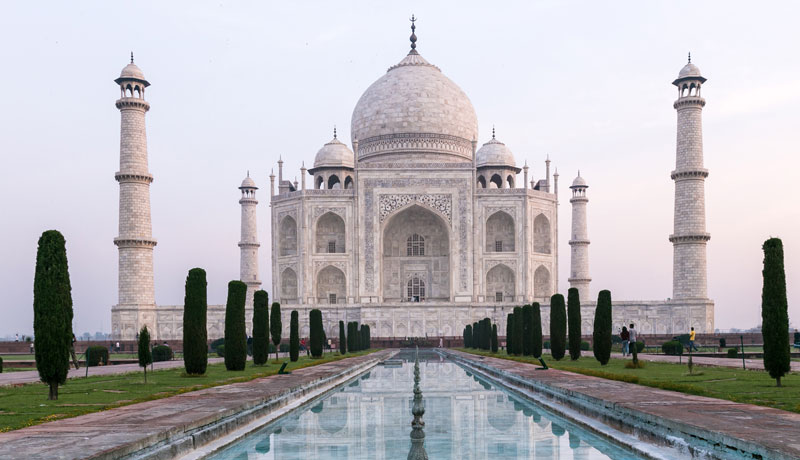Herbst Theater
Roger Hahn, (Professor of History, UC Berkeley) Moderator
Friday, October 18
A VISIT WITH THE SUN KING
Lecture Court Life (and Death) at Versailles
In the court society of Versailles during the Ancien Régime, no two persons had equal rights and privileges. Hierarchies of titles, ranks and favors obliged each and everyone, whether king, duchess or servant, to perform ceremonial and official gestures of respect and obedience. Orest Ranum (Johns Hopkins University) explores court life (and death) in its intimate detail in order to discern a political, social and cultural moment of French Grandeur (and Decadence).
Performance In the Footsteps of the Sun King
During the time of Louis XIV, dances emphasized intricate patterns, fan language and elegant steps. Baroque dance expressed many facets of this aesthetically embellished time period –from clothing and art to architecture and design, incorporating symmetrical patterns, mirror images and idealized beauty. Artists from Dance Through Time and Philharmonia Baroque will present this celebration of dances –the Minuet, Contredanse, Alemande, Folies and Gigue—brought to life through stunning period attire and beautiful music.
Saturday, October 19
LUXURY AND INTRIGUE IN THE SERVICE OF MAJESTY
Lecture The Gardens of Versailles: Some Uses of Paradise
Versailles—the château and gardens—was developed by Louis XIV during the 1660s as a pleasure dome for the Court, but gradually assumed monumental proportions as capital residence. Tours of the gardens for important visitors began in 1669, becoming increasingly important as a part of political stagecraft. It was a conscious aim of the Crown to impress the public with the wealth, magnificence, and taste of the French monarch. In this lecture, Robert W. Berger will explore the many uses of the Sun King’s playground.
Lecture Theatrical Splendors: Drama, Performance and Literature at Versailles
At a time when the court life of Versailles was defined by theatrical displays of personal honor, refinement and wit, it is no surprise that French drama reached its artistic pinnacle, a golden age which is still called ‘Le Grand Siècle’ (The Great Century) by the French. Larry F. Norman (University of Chicago) will explore the cultural, theatrical and literary context of key works of the period, along with sumptuous images illustrating the stage sets, acting styles, and artistic currents that coalesced in these timeless triumphs.
Performance Excerpts from Moliere’s “Tartuffe”
Performed by Tim Cunningham, Keight Gleason, Sarah Leventer, Coby Fisher, Matt Roberts, Zuzka Sabata, and Gwen Rooker under the direction of Giulio Cesare Perrone.
Lecture Spectacles of Power
At the French court, music glorified the king’s majesty. One might well say that it was music that propelled the vast stage-machinery of Versailles. Kate van Orden (UC Berkeley) shows how music mobilized the most theatrical of courts. From the coronation and Te Deum ceremonies to ballets on Apollonian themes, music harmonized the spirits and actions of individual courtiers, dramatizing the founding myths of kingship and coordinating performances that fabricated an orderly universe around the King.
Lecture Courting Trouble: Women of Influence at Versailles
Queens of France were not rulers of France. To be queen was rather, to be the wife of the king. Nevertheless, women figured prominently in the power-brokering and politicking that went on at Versailles. Melissa Hyde (University of Florida) will offer a look at the role and status of prominent women at court under Louis XIV and XV, with a particular emphasis on how they used the visual arts as a means of fashioning a public persona, acquiring social prestige, projecting an ideology or consolidating power.
Panel Discussion
All presenters join a discussion moderated by Roger Hahn (UC Berkeley).
Program held at Herbst Theatre, located at 401 Van Ness Avenue (at McAllister), San Francisco.
Presenters
Robert Berger, Art History, Brandeis University
Roger Hahn, History, UC Berkeley
Melissa Hyde, Art History, University of Florida
Larry Norman, French, University of Chicago
Kate Van Orden, music, UC Berkeley
Orest Ranum, History, Johns Hopkins University
Giulio Cesare Perrone, Stage director, Milan
Dance Through Time

